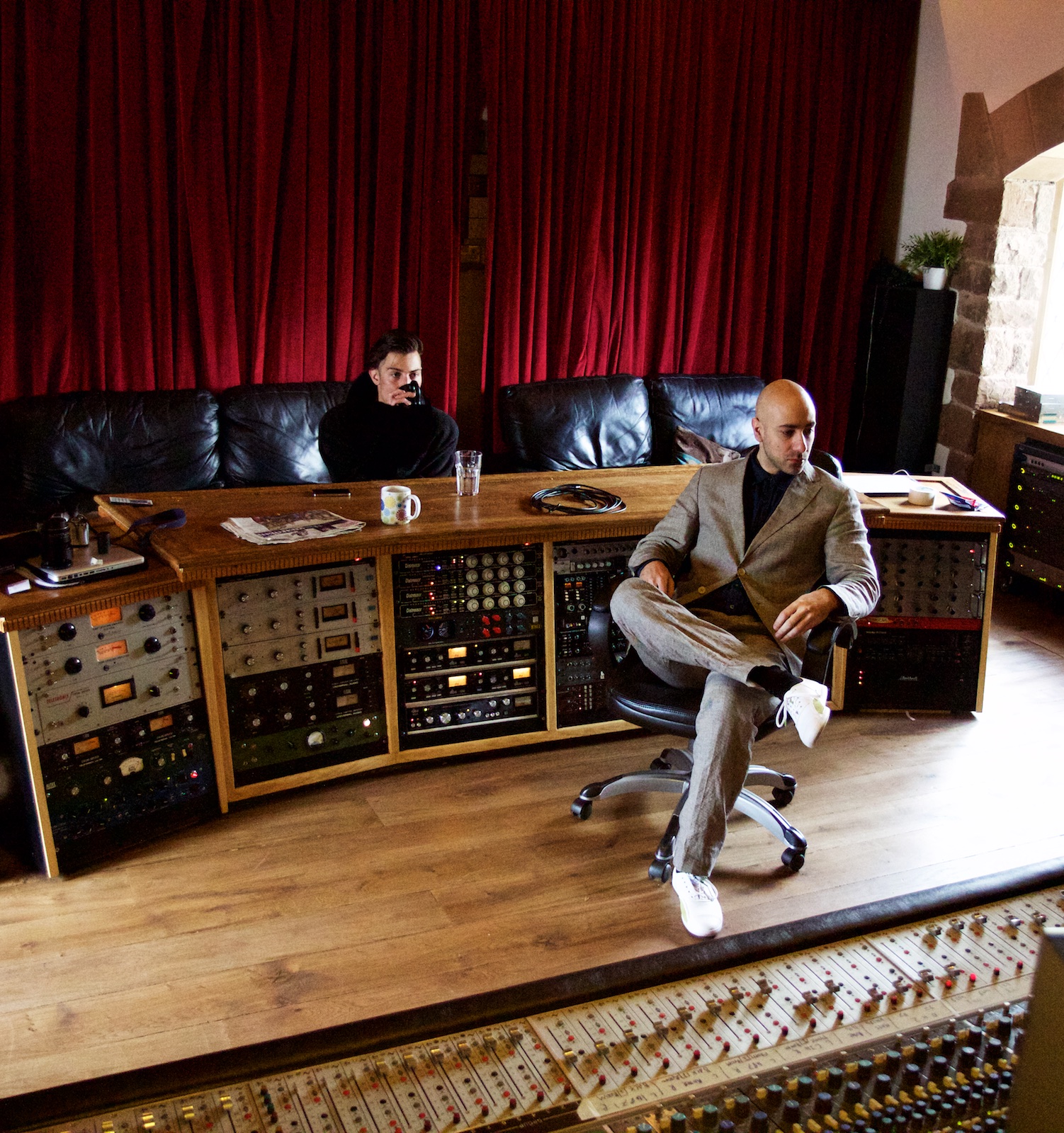Random picture of some compressors that I took at Konk Studios in North London. I put these pictures in so people don’t get scared at the idea of reading all that text. Reading stuff is old school, analog, I like it. Before you ask: 1176 Rev F/G, EL8 Distressors, and DBX 160s.
Oh hello there! I do hope you are keeping well. Given that a lot of us may well have a bunch of spare time on our hands at the moment, I thought I’d post up an overview of my ‘Science of Art - Guide To Compression’ series. If you’re home struggling to fill your time and are trying to demo some stuff or produce your own music, I thought it might be useful. I’ll be adding to it over the next few days/weeks.
If you’re a complete beginner, I should preface this guide with what a compressor actually does, which can be simplified into two main points:
It turns the loud bits of the audio down and the quiet bits up so that part is more 'even' in dynamics. This makes things sound more 'upfront' and less in the background (in the context of a mix).
Compressors often add some pleasant distortion/harmonics, so they colour the sound - often in a cool or dramatic way.
…and you can use them for either or both reasons. That's why people get can obsessed with different compressors - they can sound very different to each other and have their own personalities and signature sounds.
Onwards - here are the five parts that are currently available, along what they cover:
Part 1 - We cover the first of the basic controls of a compressor: the Threshold, Ratio, Attack and Release.
Part 2 - The Knee control (and how it’s different from the Attack Time), Gain Reduction and Make Up Gain.
Part 3 - Side-Chain Compression, the Side-Chain Input, and Compression Metering (Peak vs. RMS)
Part 4 - Find the ‘perfect’ compressor settings - every time. It's a method I was shown years ago and it's pretty cool.
Part 5 - Serial Compression - exactly what’s going on, and why you shouldn’t be too scared of using multiple compressors in series (one after another).
In the future, I’m going to add posts on other subjects: ‘parallel’ compression, ‘master bus’ compression, the difference between using a compressor on single/instrument tracks vs, the master bus and during mastering, the difference between various compressor types (optical, FET, etc), the settings on famous compressors and their common uses: the 1176, LA2A, LA3A, DBX 160, the SSL Channel Compressor and the venerable, SSL Bus Compressor. And other stuff too.
That's all for now. If you need any clarification on any particular aspect, or have a topic that you’d like me to do a post about, just get in touch and ask. I love talking about this stuff.
With love as always - stay home and be safe.
Ed ❤️🎚🎛







